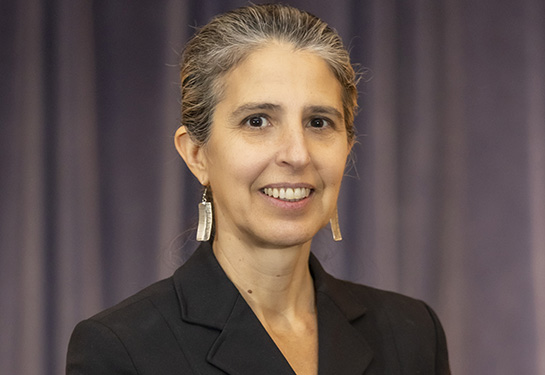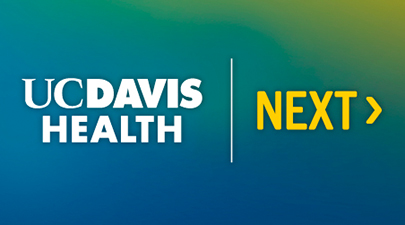Department of Dermatology hosts Research Symposium 2025
Researchers share innovations and discoveries in skin science
The UC Davis Department of Dermatology hosted its Research Symposium 2025 on Oct. 22, showcasing innovative research and collaborative efforts among faculty, trainees and medical students advancing dermatologic care.
More than 60 participants convened at the Education Building to discuss research breakthroughs, explore emerging innovations and share new insights. The annual event reflects the department’s dedication to advancing skin science through collaborative research and strong mentorship.
“It’s inspiring to see everyone come together to share discoveries that are shaping the future of dermatologic science,” said Samuel Hwang, professor and chair of dermatology. “The ideas shared will guide the next generation of research and improve how we care for patients.”
Immunotherapy and dermatologic surgery
The symposium began with a keynote presentation by Mehrdad Abedi, professor of medicine and director of the Alpha Stem Cell Clinic, who discussed the potential of CAR (chimeric antigen receptor) T-cell therapy to deliver personalized, targeted treatments for cancer and autoimmune diseases. This approach could transform dermatology by providing targeted, cell-based treatments for autoimmune and inflammatory skin conditions.
“The idea is that we’re empowering your own immune system to kill the cancer cells,” Abedi said. “It’s like rebooting your computer if there was a virus on it and ensuring it doesn’t come back.”
Following the keynote, Daniel Eisen, professor, director of dermatologic surgery and director of the Mohs micrographic surgery fellowship, introduced emerging research from medical students focused on surgical innovation and improved patient outcomes. The presentations concluded with a lively question-and-answer session.
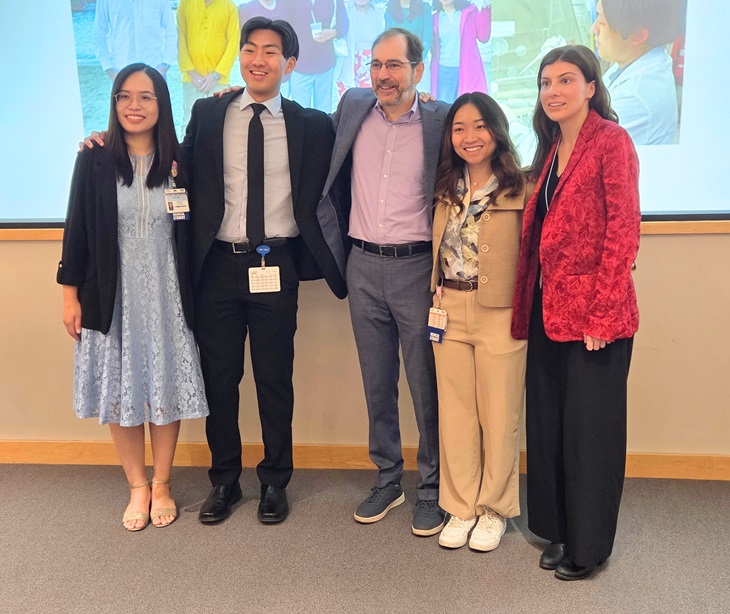
“I’m incredibly impressed by our students, residents and fellows, without whom our robust portfolio of research could not take place,” Eisen said. “I’ve been doing this for 10 years and I’ve never seen as talented a group of people as we have now.”
Presentations included:
- “Evaluating safety and outcomes of one-week pedicle division in paramedian forehead flap repairs: a single-center retrospective study” by Linh Vo, UC Davis School of Medicine student, class of 2028
- “One-week post-operative health care utilization following Mohs micrographic surgery” by Aoibhin O'Gorman, UC Davis School of Medicine student, class of 2027
- “Hemodynamic safety of epinephrine-containing anesthesia in hypertensive and normotensive patients undergoing Mohs surgery” by Linh Vo, UC Davis School of Medicine student, class of 2028
- “Influence of sun protection on the aesthetic outcomes following linear repair of cutaneous surgical defects, a randomized split-wound study” by Linh Tran, UC Davis School of Medicine student, class of 2027
Showcasing clinical research efforts
The clinical research session, led by Victor Huang, health sciences associate clinical professor and vice chair of clinical research, showcased innovative studies that bridge scientific discovery with clinical application. Presenters highlighted work aimed at translating lab-based findings into therapies that improve patient outcomes, from vitiligo phototherapy and diabetic wound care to immune insights for early hidradenitis suppurativa detection.
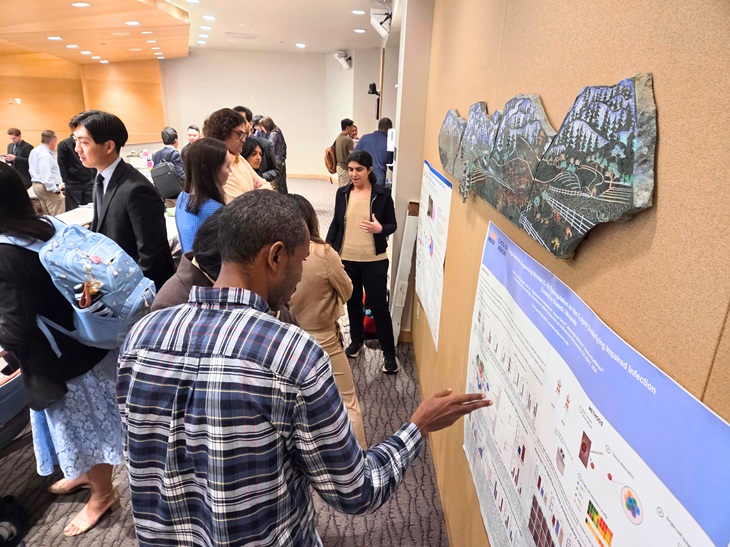
“Our department’s portfolio of research is deep and broad, including participation in national registries,” Huang said. “We’re continuing to push the boundaries of knowledge forward and changing the understanding of understudied epidemiologies.”
Presentations included:
- “Higher treatment intensity associated with improved outcomes in non-segmental vitiligo phototherapy” by Nicholas Le, UC Davis School of Medicine student, class of 2027
- “Topical timolol as an adjunct to standard care for diabetic foot ulcers: a randomized controlled trial” by Janmesh Patel and Pooja Shet, visiting assistant specialists at the Rivkah Isseroff Lab
- “Early-stage hidradenitis suppurativa shows surface-to-deep immune activation: spatial and single-cell insights for early diagnosis and therapy” by Jongeun Lee, research fellow at the Jaehwan Kim Lab
Highlighting basic research discoveries
William J. Murphy, distinguished professor and vice chair of research, introduced the basic research presentations, showcasing fundamental laboratory discoveries that inform future therapies.
“We have a remarkably diverse department, with research spanning burns and wound healing, the microbiome, adhesion molecules, tumor progression, viral control, inflammation and cancer,” Murphy said. “It’s been wonderful to see how these areas connect and how collaboration across various sites continues to grow.”
Presentations included:
- “Novel co-culture model of IL-23 driven psoriasis: an efficient ex vivo platform for cytokine and therapeutic studies” by Sydney Kenney, research fellow at the Samuel Hwang Lab
- “Viral BCL2 contributes to the survival of KSHV-infected monocytes by regulating the inflammatory response” by Somayeh Komaki, postdoctoral scholar at the Yoshi Izumiya Lab
- “Synergistic effects of immunity and antibiotic therapy in reducing bacterial infection in mice” by Rajalekshmy Padmakumari, postdoctoral scholar at the Sasha Shafikhani Lab
Exploring research poster presentations
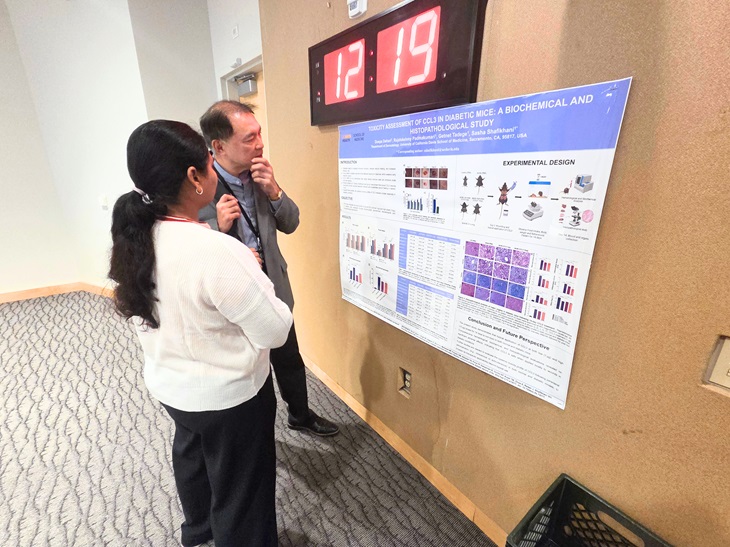
The symposium concluded with a poster presentation session that demonstrated the collaborative efforts across the department’s research community. Eight posters were shared that explored advances in skin and immune research. Researchers discussed non-invasive diagnostic methods, wound healing and diabetic models, immune mechanisms in autoimmune and vaccine-related conditions and cellular and molecular insights into diseases such as melanoma and pyoderma gangrenosum.
Poster presentations included:
- “Non-invasive skin sampling using adhesive patches: optimization of RNA isolation and amplification” by Sabine Abukhadra, visiting assistant specialist at the Maija Kiuru Lab
- “Immunological and safety profile of CCL3 therapy in diabetic wound: a pre-clinical study” by Deepa Dehari, postdoctoral scholar at the Sasha Shafikhani Lab
- “CAR T-cell products mediate a novel chronic sclerodermatous xenogeneic graft-versus-host disease in NSG mice” by Wahed Firoz, graduate student researcher at the William J. Murphy Lab
- “Characteristics and outcomes of patients with negative patch test results” by Conan Lee, UC Davis School of Medicine student, class of 2027
- “An analysis of mouse model of pyoderma gangrenosum induced by topical pyrimidine synthesis inhibitors” by Yoshiaki Matsushima, visiting assistant professor at the Samuel Hwang Lab
- “Mapping the keratinocyte microenvironment in melanoma using spatial transcriptomics” by Angela Soghomonian, UC Davis School of Medicine student, class of 2028
- “Single cell-RNA sequencing revealed dysregulation of gene expression in neutrophils and macrophages in an acute diabetic wound in a mice model” by Getnet Tadege, postdoctoral scholar at the Sasha Shahfikhani Lab
- “Anti-PF4 (heparin-independent)/PF4 complex induces allosteric activation of integrins αIIbβ3 and αvβ3, a potential mechanism of vaccine-induced thrombotic thrombocytopenia (VITT) and autoimmune diseases” by Yoshikazu Takada, professor


